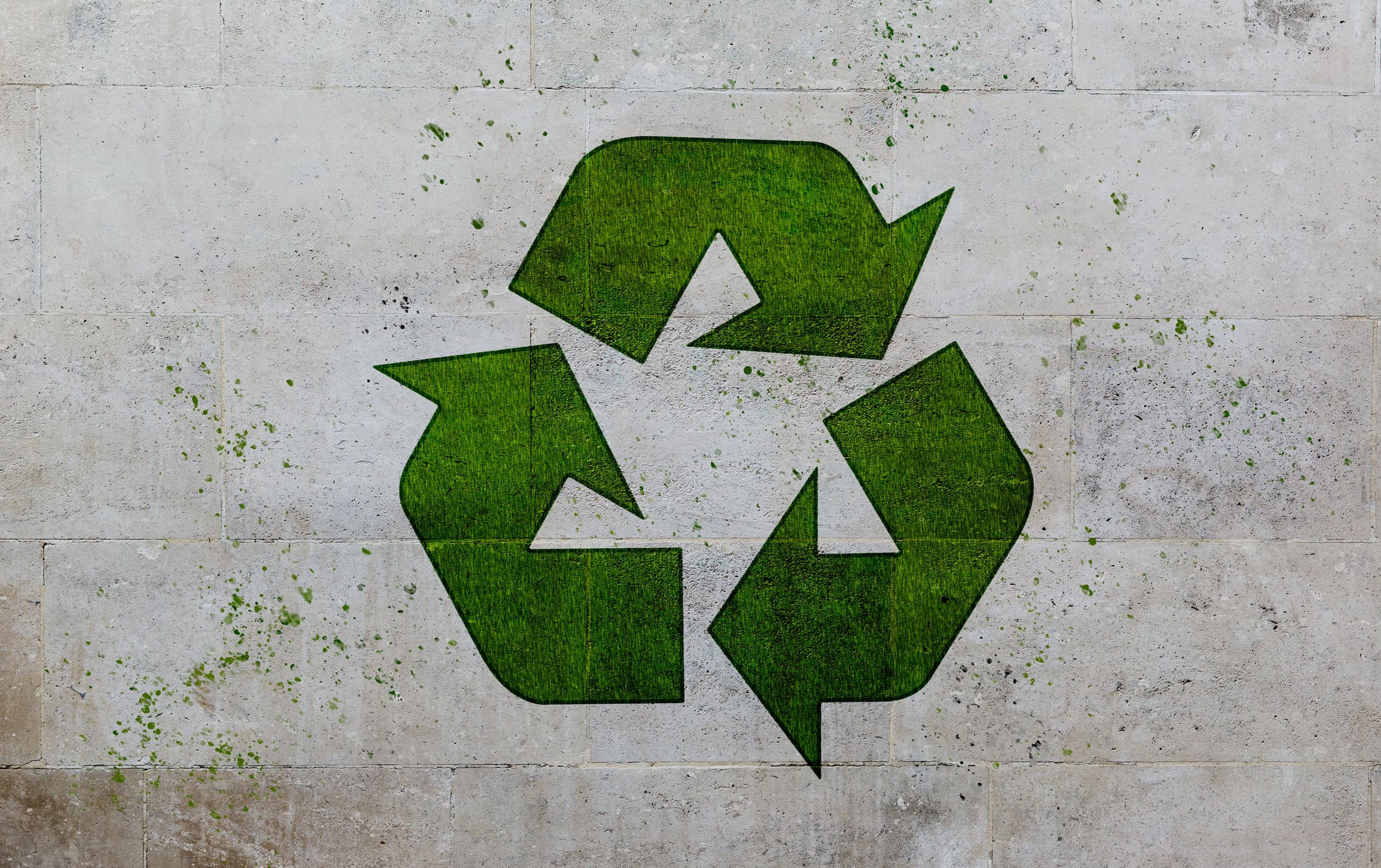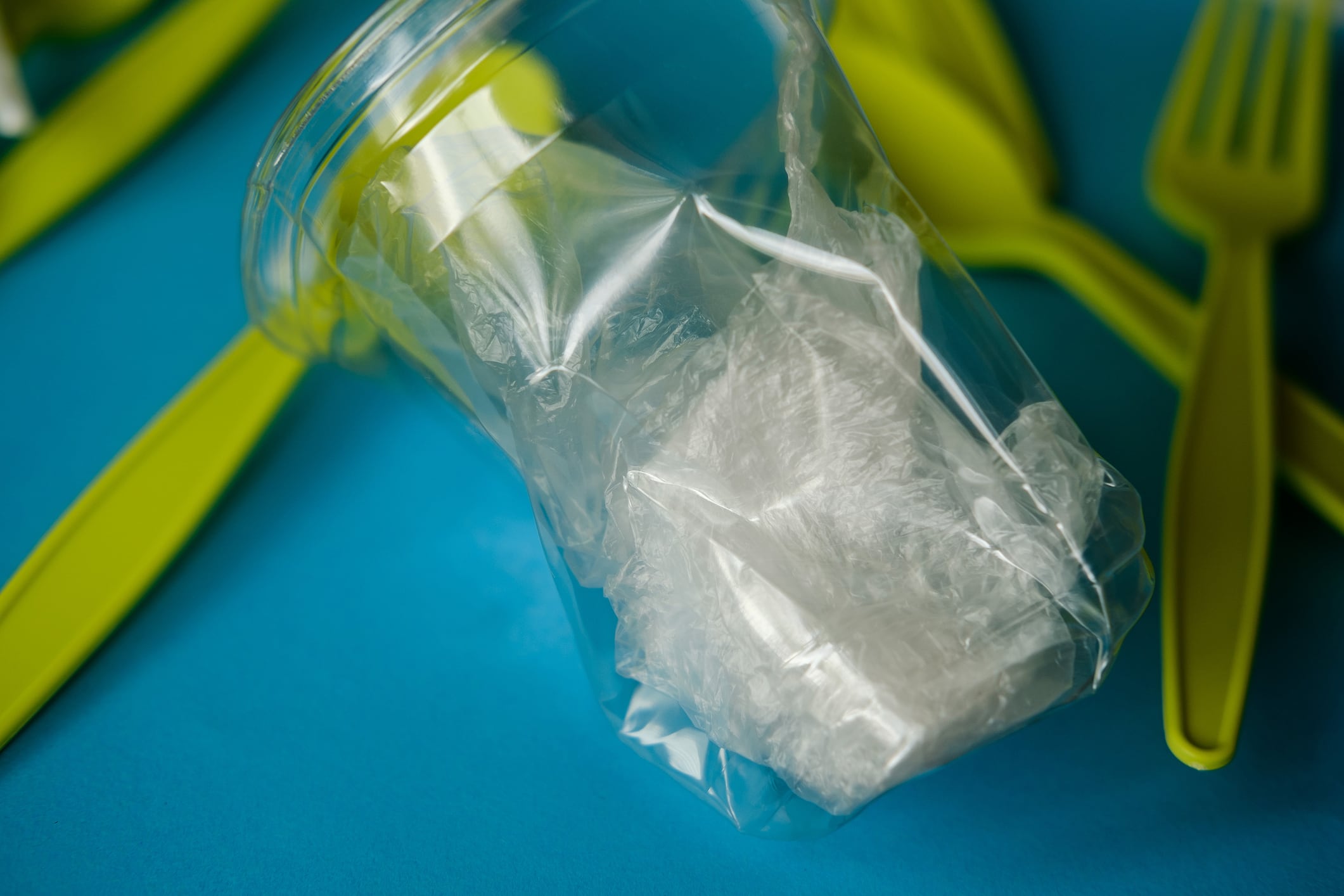German sustainable packaging manufacturer Papacks will debut its Fiber-Bottle to the North American market during Pack Expo LV. Unlike other fiber bottles on the market, which still rely on plastic caps or liners, Fiber-Bottle is molded in one piece from cellulose fibers – including the screw-thread closure. The result: a no plastic, no hybrid container that can be recycled in standard paper streams, according to the company.
Fiber-Bottle’s format reduces CO₂ footprints by up to 90% compared with PET or HDPE bottles, according to Papacks. A plant-based barrier coating can be applied to boost oxygen and water vapor resistance without disrupting recyclability.
“We are building right now the first production line in Europe that can produce about 10 million bottles,” said Guido Schmitz, president of Papacks America. “The system is designed to scale up to 50 million annually.”
A work in progress on caps
While the bottle itself is ready for production, Papacks is still developing a fiber cap.
That iterative approach reflects what Schmitz calls his “step, stretch and leap” innovation philosophy: first replace the plastic body, then the cap and then push into new formats.
Scaling in the US will require partners
Schmitz was candid that scaling cannot happen without industry investment and regional manufacturing hubs.
“My short-term [goal] is to bring the bottle production in the US with partners, or people who can license our model,” he explained.
Papacks has already had discussions with Canadian plastics companies interested in bringing the technology across the Atlantic. For the US, Schmitz envisions a “copy-paste” of the German line – validated at scale in Europe, then replicated domestically.
Performance across categories
Papacks is testing Fiber-Bottle’s plant-based coatings for sensitive categories from food and cosmetics to pharmaceuticals. Over the last several years, Papacks worked on developing compostable yogurt containers, in addition to “hundreds of millions” of Nespresso capsules, Schmitz said.
Beyond bottles, Papacks has fiber-based trays in German cinemas, ice containers for fish transport and prototypes for cosmetics and sauces. Schmitz emphasized the speed of their prototyping process: A few weeks rather than six months, allowing brands to quickly test formats.
Compostable by design
When asked about whether US recycling infrastructure is ready to accept fiber bottles, Schmitz was pragmatic.
“For me, it’s very important that I create systems that I say in the end of the day, I don’t care where this ends. If this goes in landfill, it don’t harm the landfill. If it end up in a jungle? Hey? It compose over time.”
He frames the real priorities as cutting CO₂, protecting water and supporting biodiversity – not tailoring innovation to inconsistent recovery systems.
The cost equation
For now, Fiber-Bottle is more expensive than PET or HDPE – between 20 and 40% more, Schtmitz notes. However, if Fiber-Bottle is scaled, the cost has potential to come closer to the cost of a plastic bottle.
Schmitz says that consumer sentiment and regulatory pressure also will accelerate cost parity. Like earlier packaging shifts – from PVC to PP in blister packaging – he expects fiber to catch up as volumes grow.
A call for collaboration
Schmitz sees the next phase as building partnerships in the US – both to scale production and to experiment with alternative feedstocks like hemp and seaweed.
“We are a little company. We need people to understand the potential,” and build a community of companies with a shared vision to invest in scaling sustsainable packaging materials.
That, he insists, is the only way fiber-based bottles will move beyond prototypes and pilot lines, and begin to chip away at plastic’s decades-long dominance in packaging.




